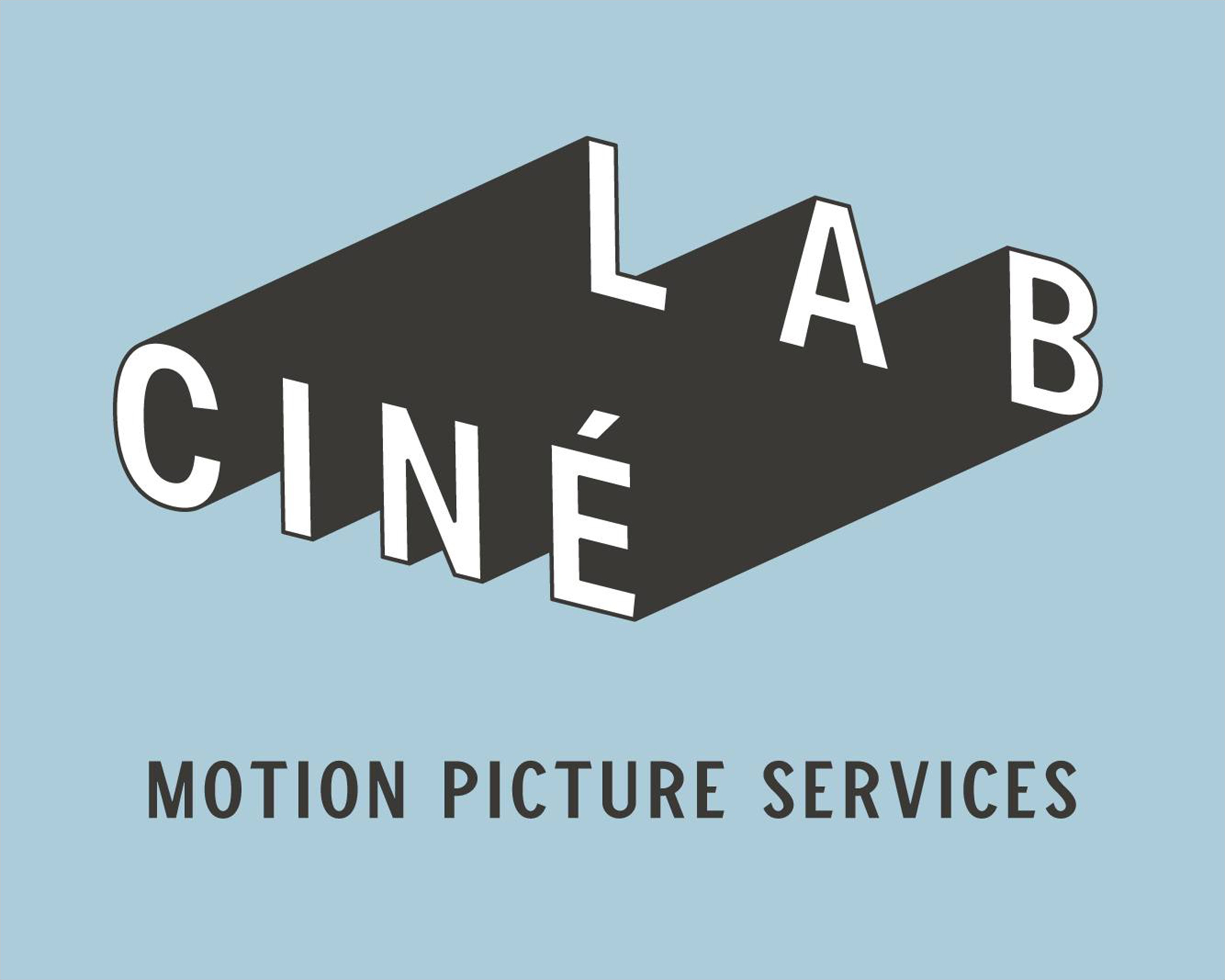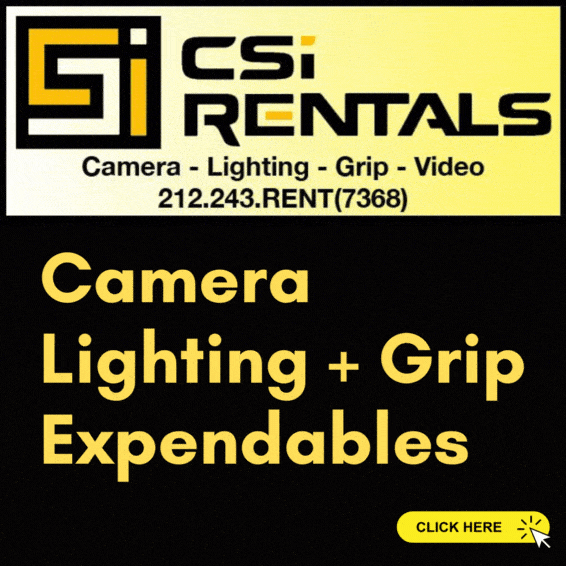A good light is whatever gets you the effect you need at a useful exposure level, and is reliable. All sorts of lights are used to make movies: household bulbs (sometimes in Chinese Lanterns), photofloods & enlarger bulbs, fresnels, open faced, PAR's, elllipsoidals (like Lekos & Dedos), fluorescents... if it puts out light, it can be used.
They all vary in terms of the texture or quality of light they put out (how soft or hard), and by how flexible they are to spot or flood or gel or flag, etc., and by their color, their durability, their power consumption, brightness, whether they are continuous filaments or pulsing AC types, whether they are dimmable, their weight, their spread (how much area can they cover), etc.
For example, if you put a black flag a few feet in front of the light, how sharp of a shadow pattern does it create on a wall? Is it a "clean-edged" shadow or is it "fringey" (multiple edges)?
When you point the light at a large white wall, do you get a smooth-edged circle on the wall or do you get some odd pattern along the edges of the spot? Does it drop off in intensity evenly from the center of the spot? Does the spot stay the same color from center to edge?
None of this makes a light good or bad, but certain types of lights are more useful than others for certain lighting effect. For example, if you wanted a sharp-edged shadow pattern from a leafy branch placed in front of the light for a "moonlit" scene, or the pattern of the window frame to be projected onto a wall.





